By Max Morley
States are still grappling with how — or if — to reopen K-12 schools in the fall. States are exploring a wide range of options, from mandated in-person school to a fully-remote version of school. Most states fall between these two extremes, seeking a hybrid option of some in-person and some remote learning.
President Trump and Senate Majority Leader McConnell have expressed their strong desire for states to mandate in-person school in line with the traditional model. President Trump has gone so far as to threaten to withhold federal education funds from states if they do not return to the traditional in-person model this fall.
Addressing the Problem
Reopening schools is a delicate matter for states. While families, businesses and societal schedules writ large are disrupted by schools not hosting traditional in-person classes, states and districts have a shared responsibility to ensure students, teachers and staff are reentering an environment that is safe.
As states create their reopening plans (most states are doing so in concert with district-level leadership), they are considering multiple factors — funding, remote capabilities both at the district and the home level and the overall ability for schools to provide the type of environment needed. States are considering not only the letter of CDC guidelines, but the practicality of implementing them at a school level — social distancing, mask requirements, disinfection of shared surfaces, etc.
President Trump has openly questioned guideslines from the Centers for Disesase Controle and Prevention (CDC) on school reopening and has put pressure on states to create reopening plans that reopen K-12 schools to full, in-person classes. On July 8, President Trump stated in a Tweet that he “may cut off funding” to states who do not reopen schools. This sentiment was echoed by U.S. Secretary of Education Betsy DeVos.
How are States Impacted?
States maintain control over their school systems. State leadership, in partnership with district leadership, will develop the plans they feel best protect students, faculty, staff and families and will work to execute those plans in the fall. State plans will vary based on their adherence to CDC recommendations, COVID-19 infection/death rates and technological capabilities.
Federal funds for education, like nearly all federal funds, are controlled by Congress, so the President has very little authority to cut off federal funding in this way. Congress has appropriated those dollars, so the President cannot divert those funds only to those states who follow additional COVID-related guidelines.
Perhaps seeing the Constitutional writing on the wall, Secretary of Education Betsy DeVos has shifted the focus from withholding funds from states to withholding funds from individuals schools who do not open. She has offered an argument that ties federal dollars to families, rather than schools; Education Department spokesperson Liz Hill spoke of a proposal to provide that money directly to parents to use in shopping around for educational options for their students if their assigned schools are not opening for in-person classes. This option is also legally dubious.
One way states might be financially impacted could be through any additional rounds of COVID-related relief packages passing through Congress. If Congress were to pass additional support funding that is tied specifically to reopening in-person schools, then states/schools who do not do so could be excluded from that funding.
Action at the Federal Level
As mentioned before, the Executive Branch has very little leverage over the disbursement of Congressionally-appropriated funding. However, the President exerts heavy influence over legislation, and if additional relief packages stipulate in-person school, states would have to comply in order to receive funding.
States will continue crafting their reopening plans and should not fear federal streams of funding being cut off.

